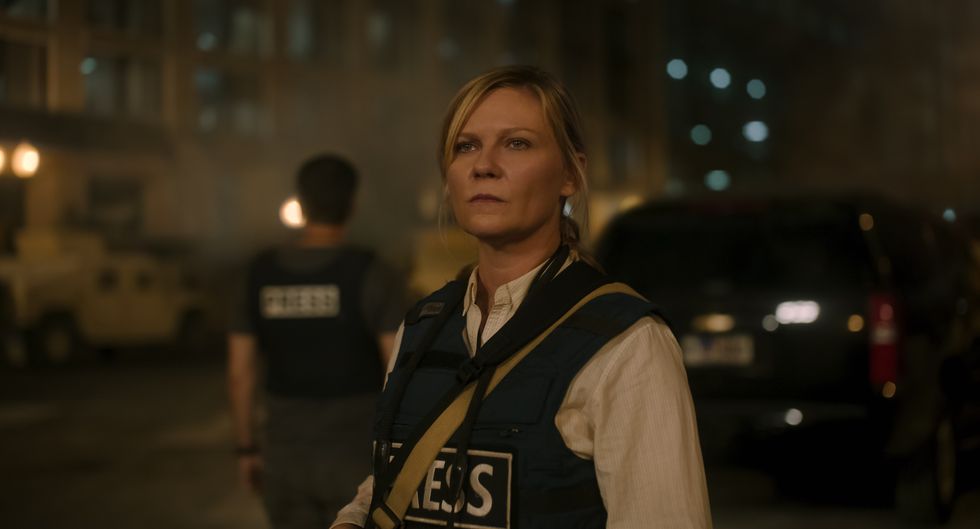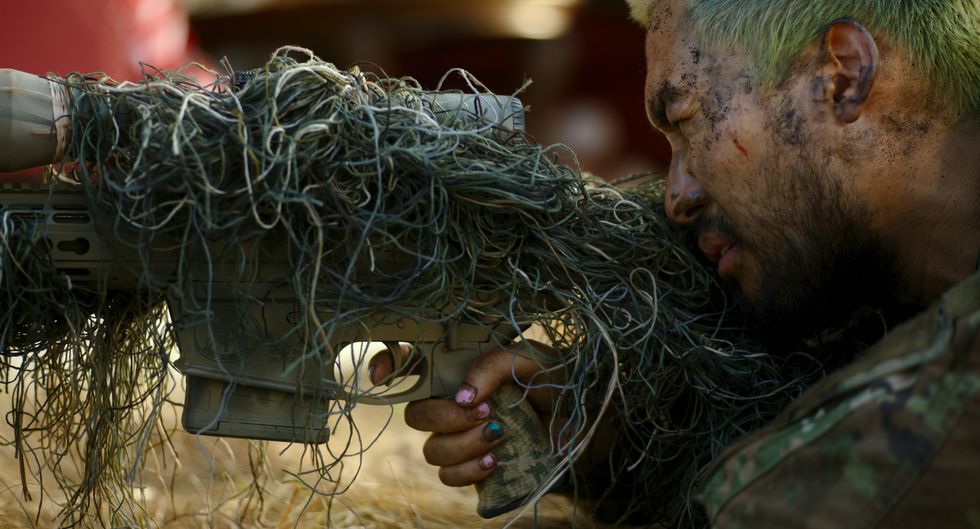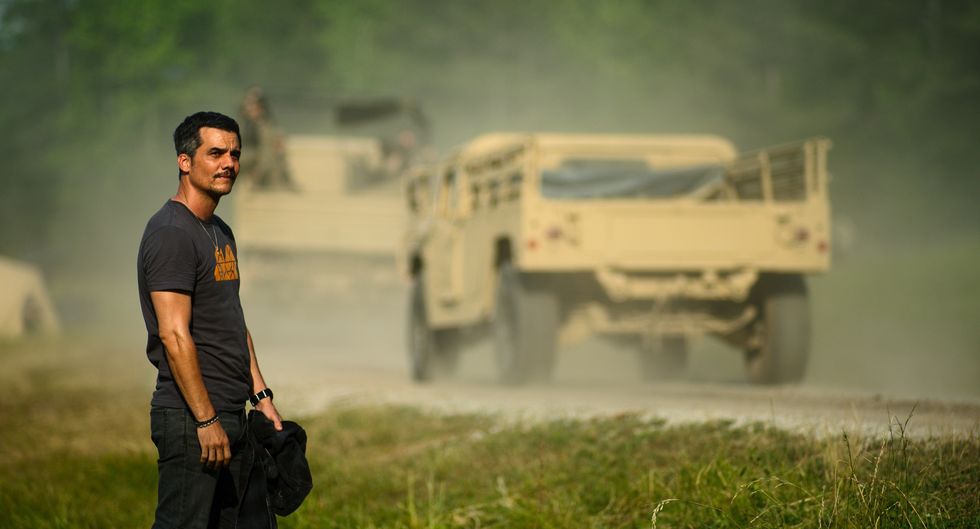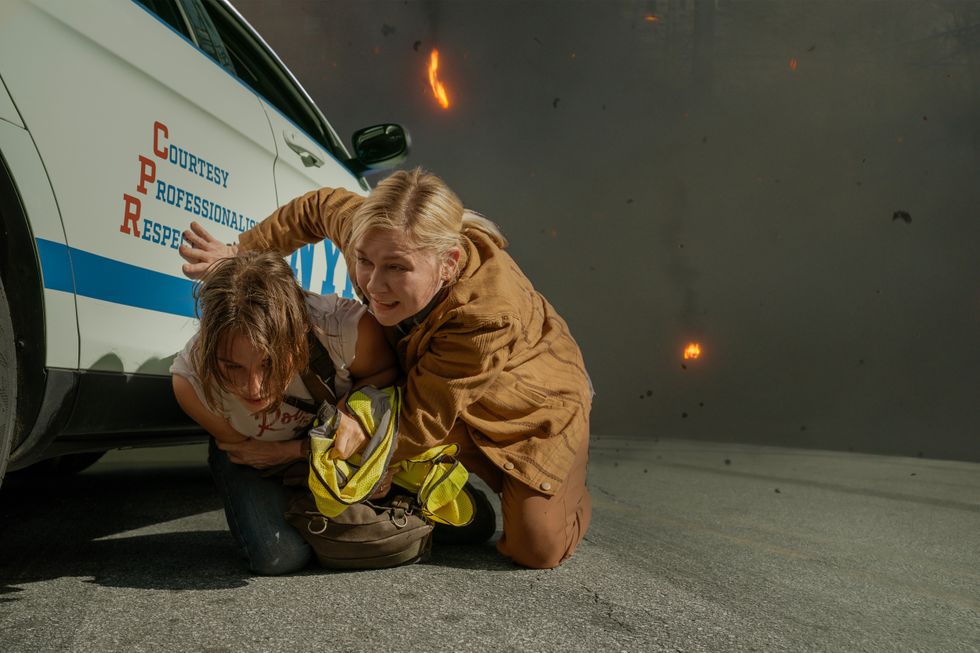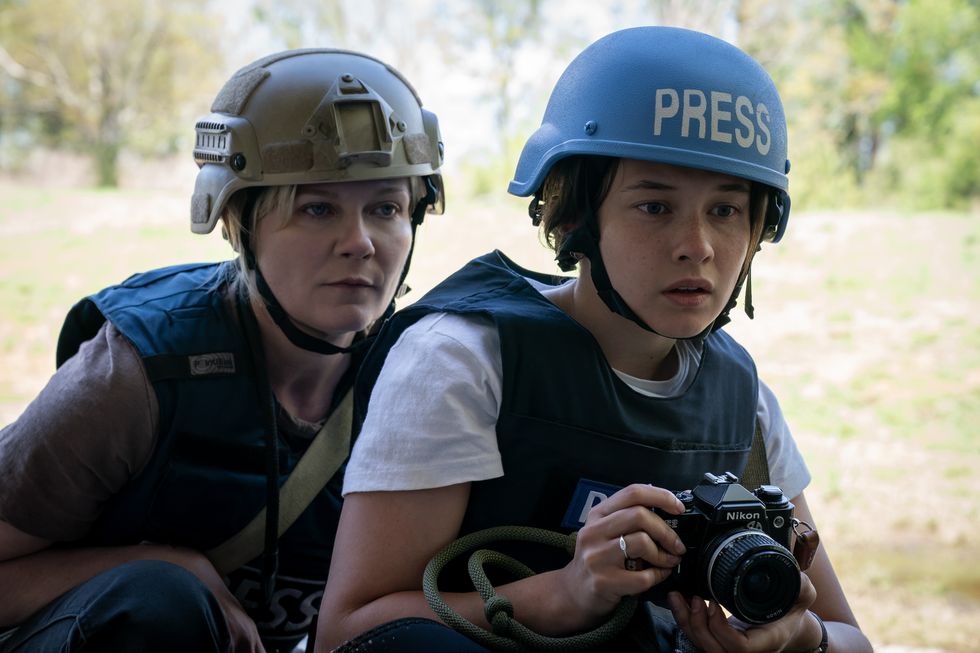'Stranger Things' Shows How (and Why) Your Film Can Harness the Power of Nostalgia
Netflix's latest series reminds us how effective it can be to build some 'aching for the past' into our films.

The Netflix original series Stranger Things is the latest successful example of nostalgia in pop culture. Building on Vulture's take that the show is rife with the stuff—from its star to its exhaustive references to '80s culture—we got to thinking about what this yearning to go "back to the future" means for filmmakers. Although we have access to camera innovations unthinkable even a few years ago, we often use them to imitate the look of film. Meanwhile, movies and TV shows (consumed in binges, using the latest streaming technology) don't always succeed by reflecting the times, but rather by mocking up a recreation of the past.
In just eight episodes of Stranger Things, it has already managed to reference almost every popular film from the 1980s (as well as, oddly, 2013's Under the Skin, though that could just be a coincidence.) But why, in an age of unprecedented technology, and a world that is definitely not boring, does so much entertainment chase the past rather than look to the future? Here are three reasons to consider when working on your next film:
1. Nostalgia=built-in audience
By casting (or meta-casting) Winona Ryder, an icon of '80s and early '90s cinema, the show's creators (32-year-old twins who grew up with the movies and shows that Stranger Things constantly references) managed, according to Vulture, to tap into "something other actress[es] couldn’t do nearly as effectively", that is, "fire up the neurons in our nostalgia pleasure centers." The show also features Full Metal Jacket star Matthew Modine, for a little more '80s.
So, is it just a ploy to grab eyeballs? A counterpoint here could be that everything has been done, and genius steals, and why must you be a hater? To which I'd respond, there is a difference between inevitable influences and outright planned, even pandering, nostalgia. While the creators of the show no doubt have genuine affection for their references, the show might not have been green-lit if nostalgia weren't so endemic.
2. Nostalgia=history through rose-colored glasses
As the world races into the future, we seem to not be able to avoid looking over our shoulders (watch out for that tree!) Nostalgia has its roots in the Greek words nostos, meaning homecoming, and algia, meaning pain, so it's a literal aching for the past, for some ephemeral concept of "home"; in the same vein, the popular term "retro" is an abbreviation of retrograde, defined as a backwards movement (of any kind). And, as one of creators of Stranger Things told Vulture, part of the motivation for the show's rampant '80s-ness is that "we like going back to a time...where cell phones and the internet weren't around. For us, it was specifically missing that."
But the 80s weren't all that great. Crack ravaged a generation, Ronald Reagan and British Prime Minister Margaret Thatcher oversaw the dismantling of unions and social safety nets, and crime was at an all-time high. Not to mention that—with the existential threat to humanity from nuclear war with the Soviet Union—the end of the world as we know it was a real possibility. Over 100 million people (including President Reagan, who got deeply depressed, according to his diary) tuned in forThe Day After, a TV movie about the aftermath of a nuclear attack on Lawrence, Kansas. Reagan was apparently so affected that the movie indirectly led to non-proliferation agreements with the USSR, which if true would make Steve Guttenberg even more of a hero than he already is (to me, anyway.) As a filmmaking device, nostalgia in screenplays allows us to recreate bygone eras as we would have liked them to be.

3. The future=pretty scary (or, at least just plain weird)
We're all for movies pushing audiences outside of their comfort zones, but sometimes you might just want to create films that provide a refuge for viewers. This month has seen the world lose its collective mind over Pokemon Go, a bizarre admixture of future (augmented reality) and throwback (remember Pokemon, you guys?) Meanwhile, two icons of the late-20th-century are vying for the U.S. presidency (one from the '80s, one the '90s), and young people, traditionally society's mostforward-thinking demographic, snap photos of vinyl records (or themselves) with their iPhones, then use Instagram to make the resulting high-resolution images look like forgotten Polaroids from 1978.
And at the movies, and on TV, the world ends over and over in wave after wave of disaster, post-apocalyptic and dystopian stories, TV shows treat crystal meth dealing as a form of self-actualization and screens are filled with unstoppable hordes of zombies, zombies and more zombies.
So what's the upshot for filmmakers and screenwriters? In case I haven't been clear, nostalgia is back in a big way. Shows like Stranger Things, the wild improbability of Donald Trump, and the popularity of children's games among adults seem to show how Americans are responding to this time of uncertainty. Even this is not a new phenomenon; it's similar to how people in the 1970s and '80s who idealized the 1950s. And, because the proverbial grass is always less terrifying on the other side, and it doesn't look like there's any end in sight for the new nostalgia (or, its opposite, i.e. looking forward to a ghoulish nightmare), you may well garner an audience for projects that have capitalize on nostalgia. If you happen to be working on a nostalgic project, zombie movie, or a nostalgic zombie movie, then your future is probably so bright, you'll have to wear shades.
Source: Vulture


